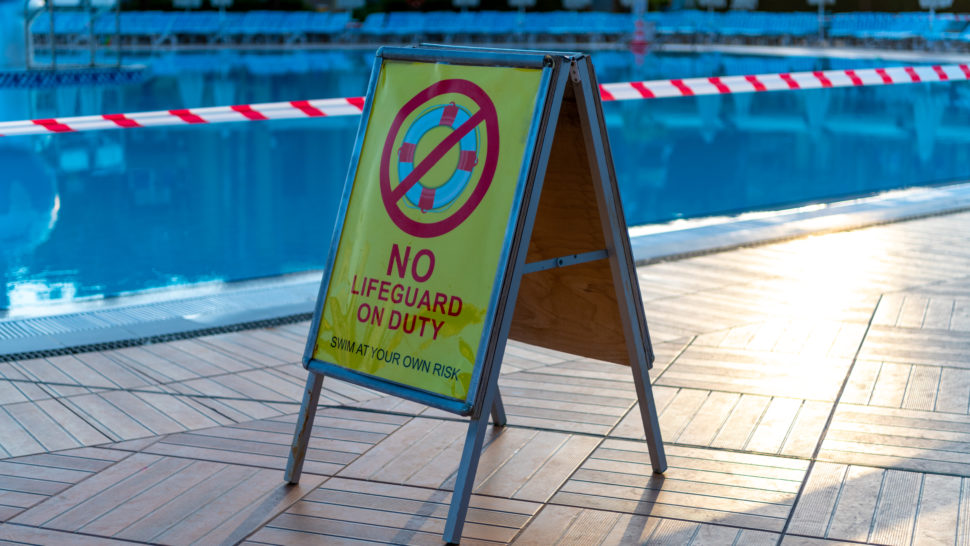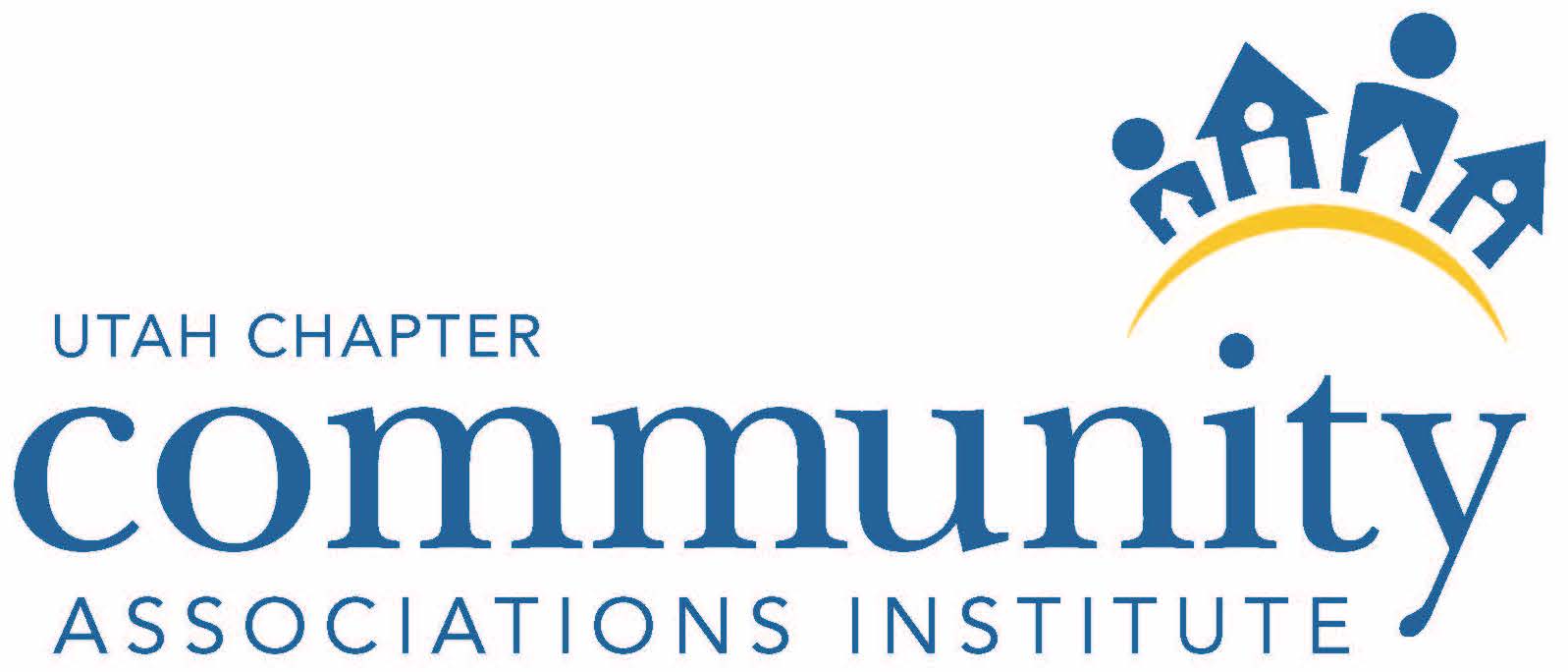HOA Pool Safety: Debate over Eliminating Lifeguards
Our association is considering eliminating the lifeguard at our pool. Other than posting “swim at your own risk” signs, is there anything else we need to do to ensure swimmers safety?
Many communities in New Jersey for example are considering eliminating the lifeguard at their pool because of the amendments to the state’s public recreational bathing code, particularly those portions addressing the duties of lifeguards since they may result in increased costs.
The amended regulations require communities with pools larger than 2,000-square-feet of surface area to have at least two lifeguards on duty. In addition, lifeguards are not permitted to perform any activities that would distract or prevent them from assisting persons in the water. Lifeguards should not be on their cellphones, checking pool passes, or performing any services with respect to testing or cleaning of the pool while on duty. While this has always been the case, the amendments suggest that local municipalities may enforce these requirements more strictly. While a qualified common-interest community may exempt itself from these requirements, it must be a complete exemption or none. Meaning, if you decide to have a lifeguard, you must comply with all requirements of the code.
The safety benefits of having a lifeguard are obvious, but there are other financial and liability considerations as well. Eliminating lifeguards will certainly increase your insurance premium and may expose your community to greater risk. For example, if you currently have a vendor providing lifeguard services, you will lose the benefit of insurance coverage and other protections afforded by this vendor. If a lawsuit is filed relating to an incident at or near the pool, your vendor and its insurance provider would likely be required to defend and indemnify your community. Whereas, if you eliminate the lifeguard provided by the vendor, the association or its insurance carrier must absorb these costs.

If you are a qualified common-interest community and decide to eliminate the lifeguard at your pool, the code requires that you post a sign at least 3 feet by 4 feet, at every entrance to each swimming area, stating: “No lifeguard on duty;” “Persons under the age of 16 must be accompanied by an adult;” and “No swimming alone.” This sign must be easily readable with contrasting colors and include the pool’s hours of operation. At mobile home parks or retirement communities, the sign must also state: “This pool is closed when the owner or operator is not on the premises.” There are also additional signage requirements for a “health club.”
“Swim-At-Your-Own-Risk” Policy
Lifeguards can be expensive and hard to find, especially when there’s a current shortage of them on the East Coast. Recruiting and retaining them also can take a lot of time and effort. Some homeowners associations are exploring ways to eliminate lifeguards without the liability.
While an association with a private swimming pool is permitted to adopt a “swim-at-your-own-risk” policy at its pool, there are certain procedures and safeguards the association should enact and follow first.
To begin, the association should create, publish, and circulate a policy called “Rules and Regulations for Unattended Pool Use” (or the like). The document should include language similar to the below, in bold letters on the first page:
- This is an unattended “swim-at-your-own- risk” pool facility—there is no lifeguard on duty. Use of the facility is at the sole risk of the individual using the facility. Parents/guardians are responsible for the safety and care of their minor children and assume all risk(s) in this regard.
- In the event of a serious injury or life-threatening emergency, call 911 and then call the management company at ____.
- All owners/tenants/residents are required to complete a release of liability form on an annual basis and return the form to the management company.
The policy also should discuss unattended pool use, that the area will have an auto-locking gate and will require a key fob for access, issues related to guests and children, food and beverage consumption, and rules for conduct.
In addition to the policy, the association should:
- Create a liability release form to be signed by all owners/residents on an annual basis
- Confer with its general liability insurance carrier to ensure that coverage will be present should a liability incident occur after a shift to a “swim-at-your-own-risk” policy
- Post several “unattended-pool-area” or “swim-at-your-own-risk” signs
- Verify if the local municipality has any requirements
- Lock the pool area for safety purposes—typically a self-locking gate system with key fob access
- Openly communicate the policy and any other pool rules with residents
For more information on pool safety check out A five-step process for better behavior at your community pool.
HOAresources.com explores questions and comments from community association members living in condominiums, homeowners associations, and housing cooperatives. We then assemble trusted experts to provide practical solutions to your most commonly asked, timely questions. We never use real names, but we always tackle real issues.


